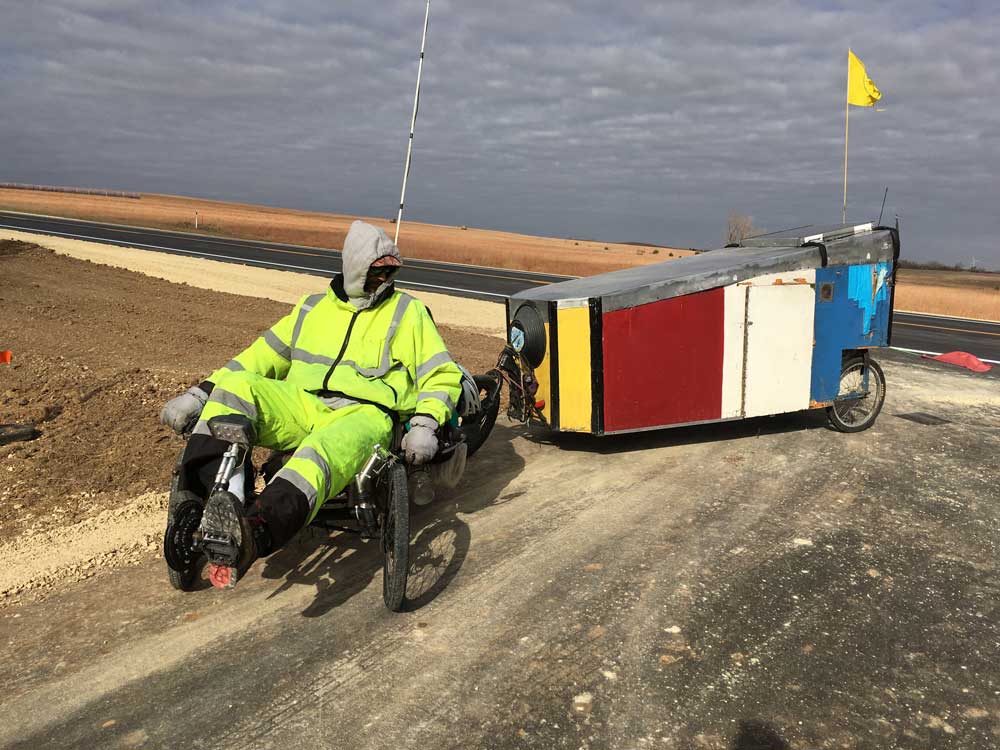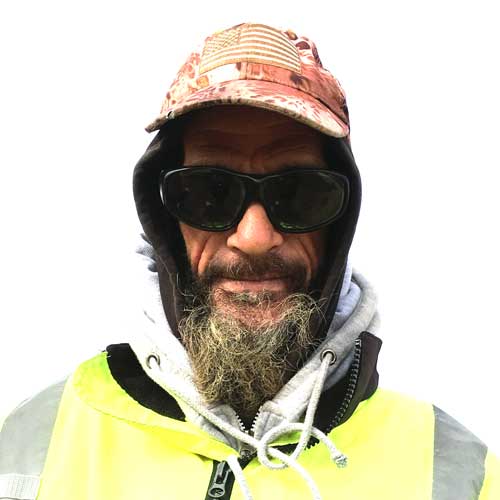I was watching this interview with singer/songwriter John Prine, which is wonderful in itself and I recommend watching it. But the host of the Prine interview was also so familiar. Who is that guy? I wondered. Then at the end of the interview, John Prine says, “Thank You, Ted Kooser.” Of course, I know who Ted Kooser is.
Years ago, I read a book by Ted Kooser about writing poetry. I even tried doing it for a while, but I didn’t keep it up. But this morning I wondered where is Ted Kooser now? In searching for the answer to that question, I found his homepage with this short documentary video about Kooser and his life and work.
Ted Kooser says a great deal about the creative process in this piece. Every day, he gets up at 4:30 am each day and works until seven. A part that really struck me is his statement,
Once or twice a month I come up with something that was worth my time—the rest of the time, I’m failing.
I was drawn to the video because I often give my students the assignment of making a mini-documentary about someone interesting. How can you introduce someone to the world through video? Do it like the video Passing Through from Straw Hat Visuals on Vimeo.






